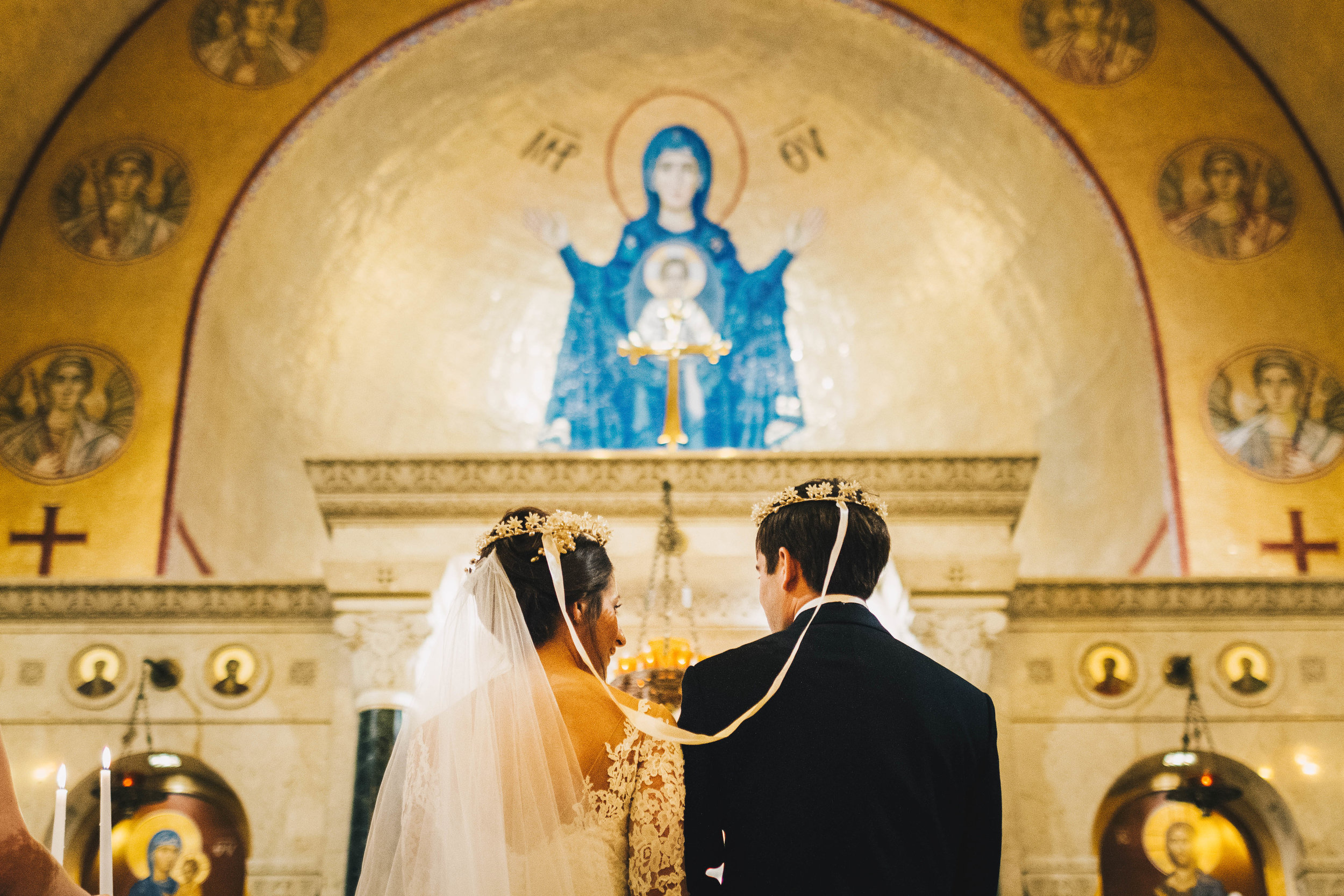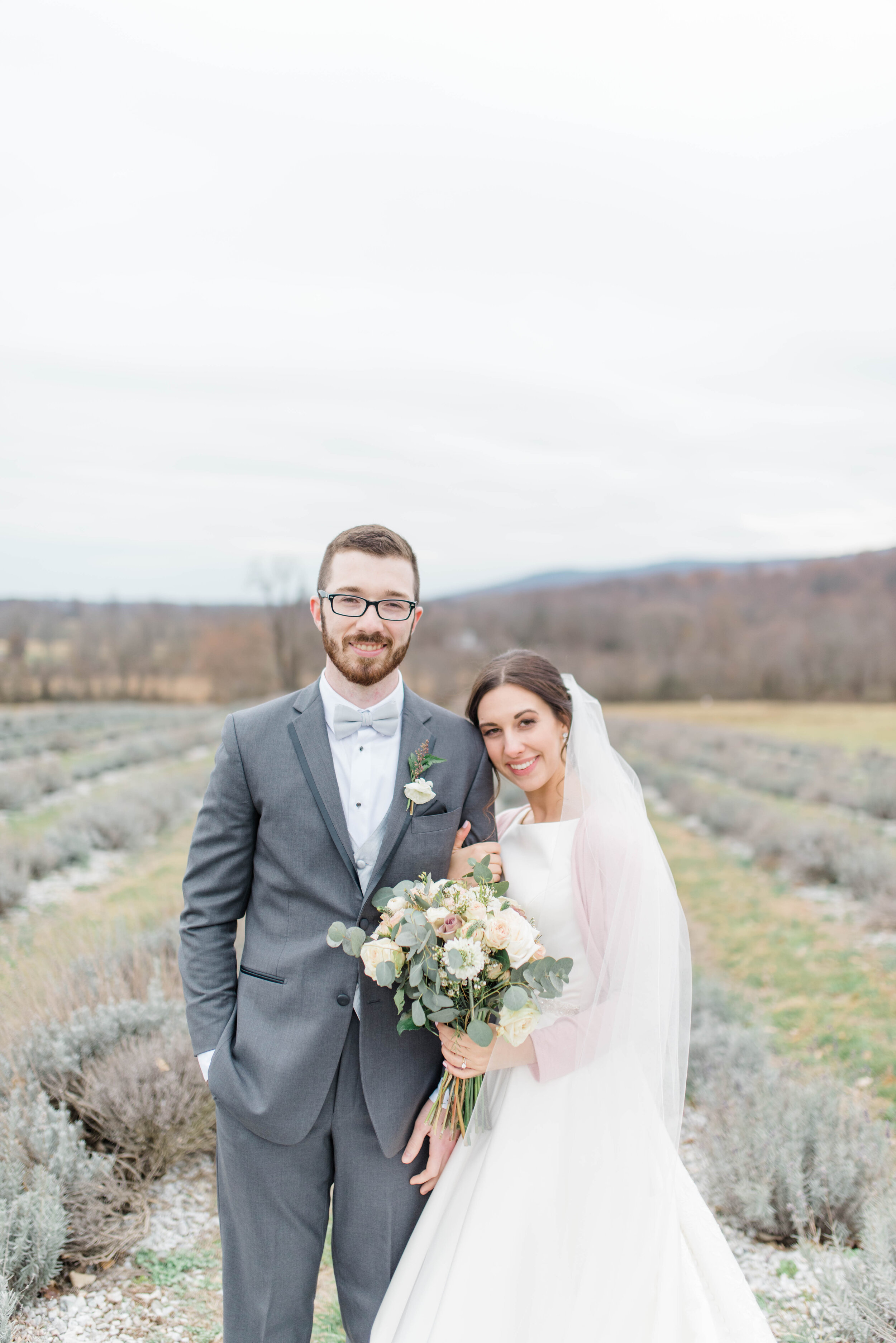Is There a Definition of a "Catholic Wife?" How I Found My Identity in the Feminine Genius.
/STEPHANIE CALIS
So many of us pray throughout engagement and marriage to be good and holy wives. What does that actually mean, and how does it look in each woman’s life? For several years, I struggled to define who a holy, truly “Catholic” girlfriend, fiancee, and wife actually was.
Photography: Dennis Crider Photography, c/o The Mantilla Company
I first heard the term “feminine genius,” as coined by Saint John Paul II in his apostolic letter on the dignity and vocation of women, on a summer retreat. The retreat introduced me to the letter and to Love and Responsibility, John Paul’s work illuminating the dignity and purpose of the human person, particularly as it relates to sexual ethics, the complementarity of men and women, and the real-life implications of how men and women relate to one another.
These texts wrecked me, in the best way. My simpler, more youthful deas of love as feelings and gestures were torn down, replaced with the principles that love is an act of the will. Self-gift.
I attended the retreat with my college boyfriend. To be in a serious dating relationship, while reading a book about dating and all the potential obstacles to authentic love, struck me with insecurity. All of these ideas--love over utility, sincerity, honesty, chastity--grabbed my heart and made so much sense, yet they seemed like impossible standards.
As a result, for several months I overanalyzed the nature of complementarity: I wondered if my actions communicated a sense of receptivity that the Pope said was integral to womanhood,while letting my boyfriend take a more initiating, leadership-focused role. I frequently questioned if I was living in a way that was truly “feminine.”
My heart lived in a tension: I desired to be what I mistakenly perceived as the holiest type of Catholic woman, while also resisting passivity or weakness. When I was so concerned with whether I was being feminine in the right way, I wasn’t free.
Have you ever had a similar experience, wishing to be a prayerful, feminine, holy wife who is also a woman of strength and conviction? I found freedom in looking to Our Lady.
As I returned to school after the retreat and began attending a Marian prayer group, I delved into the mysteries of the Rosary for the first time. As I grew in devotion to Our Lady, I realized there is no single “type” of feminine genius, nor type of Catholic spouse, I needed to live by or fit into, because it is already there, integral to who we are.
Within the term feminine genius there are as many ways to express femininity as there are unique, unrepeatable women in this world. Each of us is loved and willed into existence so specifically, with our own particular gifts.
If you find yourself looking for your purpose, particularly in preparations for marriage, I invite you to contemplate Mary as our ultimate womanly example. In her Magnificat at the Visitation, she joyfully proclaims, “my soul magnifies the Lord.”
As women, we deeply desire to be seen. We can also help others to see the presence of the Lord. Mary proclaimed God’s love--magnified it--with her life. A prayer to do just that--to reveal God’s love to your husband, in body and spirit--radiates the Lord’s love.
Where I used to mistakenly believe femininity meant a singularly calm, pious womanhood, I now know, through Mary’s making visible God’s love, that in reality the Father wants and needs women of all temperaments, spiritualities, hobbies, and strengths to make known his kingdom through their vocations. Only you can tell your story and share the love of God in a particular way; can love and sanctify your husband and future family in the ways they most deeply need.
The only true definition of a “Catholic wife” is the one specific to who you alone were created to be.
When I met and began dating my husband, there was an immediate ease. I saw “...that femininity doesn’t mean one thing only: it’s not always being the asked, never the asker; always the pursued, never the pursuer; always the comforted, never the comforter. It doesn’t mean being afraid to argue or voice strong opinions. It means loving my husband, in his uniqueness, and every person I encounter, in the specific way only I can.”
My favorite Adoration chapel has a monstrance in the form of a wooden sculpture of Our Lady, holding out her arms. In her arms is the space for the Eucharist. We see how a woman is both holding--receiving--and magnifying her for all to behold. If we look to her, we can constantly revisit what it means to reveal him to others and bear his face, not our own, to the world.
In our identity as brides, the feminine genius calls women to be like a monstrance: only a vessel--a beautiful one, in soul and body--for revealing the Lord to our beloved, magnifying his love and presence to others.
About the Author: Stephanie Calis is Spoken Bride's Editor in Chief and Co-Founder. She is the author of INVITED: The Ultimate Catholic Wedding Planner (Pauline, 2016). Read more






































